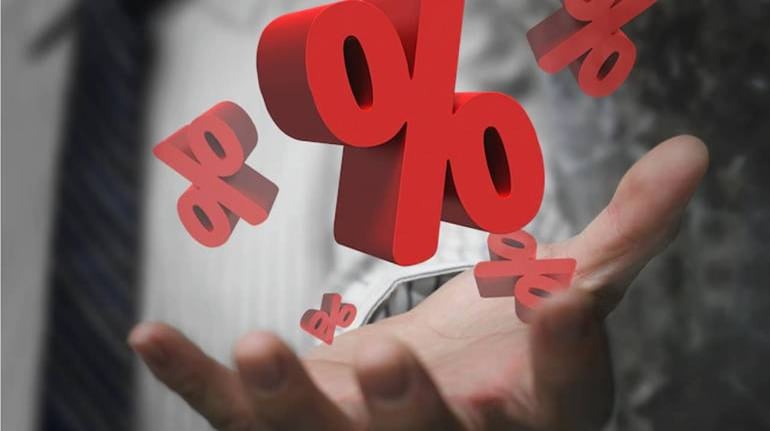



The Federal Reserve has finally found its way to the top of the monetary policy mountain. But the performance of bonds and stocks shows why policymakers’ dovish turn isn’t necessarily a good sign for investors.
Monetary policymakers raised the fed funds target range by 25 basis points on Wednesday to 4.75 percent to 5 percent, as expected, yet the key development was the introduction of new language in their statement that effectively opened the door to the end of the hiking cycle. Here’s how the statement from the Federal Open Market Committee changed from the previous meeting in February:
"The Committee anticipates that ongoing increases in the target range will some additional policy firming may be appropriate in order to attain a stance of monetary policy that is sufficiently restrictive to return inflation to 2 percent over time."
That new language helped bring Treasury yields sharply lower. In the past, such a move would have lit a fire under US stocks, but instead the S&P 500 Index fell 1.6 percent, with equity risk premiums rising higher on the day. All industry groups closed in the red, led by banks and real estate investment trusts. (Treasury Secretary Janet Yellen contributed to the selloff by saying regulators aren’t looking to provide blanket deposit insurance to stabilise the banking system.)
The Fed’s change of tone comes, of course, as policymakers weigh the fallout from a banking crisis that’s roiled markets for much of the month. Fed Chair Jerome Powell said he still doesn’t know what the long-term economic impact will be, but it clearly prompted him and his colleagues to change their thinking on the balance of risks between inflation and growth.
One telling feature of his speeches in the past year has been the increasingly vague language — moving from concrete to wishful — about the possibility of a “soft landing” in which the Fed tames inflation without causing a recession. Recall that in mid-2022, he was touting a “good chance” of such an outcome. But over the past year, he’s acknowledged a narrowing path.
On Wednesday, he said it was “hard to see” how the recent events in the banking sector “would have helped the possibility”:
"The question will be how long this period is sustained. The longer it’s sustained then the greater will be the likely tightening in credit availability. … I do still think that there’s a pathway to that [soft landing]. I think that pathway still exists, and we’re certainly trying to find it.”
At this point, it sounds a bit like the search for a mythical holy grail. That helps explain why the equity risk premium — measured here as the spread between forward earnings yields and yields on 10-year Treasury notes — jumped 17 basis points on the day.
That’s also why no one should take solace in the potential end of rate increases. The central bank may be reaching the top of its policy rate mountain, but with a lingering inflation problem, it isn’t likely to start coming down anytime soon. Meanwhile, the next round of problems is only beginning to bubble up.
Jonathan Levin has worked as a Bloomberg journalist in Latin America and the US, covering finance, markets and M&A.
Credit: Bloomberg
Discover the latest Business News, Sensex, and Nifty updates. Obtain Personal Finance insights, tax queries, and expert opinions on Moneycontrol or download the Moneycontrol App to stay updated!
Find the best of Al News in one place, specially curated for you every weekend.
Stay on top of the latest tech trends and biggest startup news.